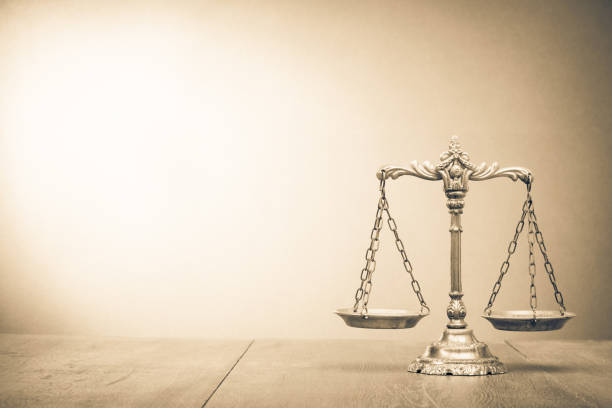


Google’s U.S. patent application 20190124318, originally belonging to Lytro—an erstwhile pioneer in light-field cameras—was released in April 2019, following Lytro’s dissolution in March 2018. Google has been actively developing concepts in Computer Virtual Reality (VR) and Augmented Reality (AR), introducing products like Fantasy, ARCore, Cardboard, Bounce, Tilt Brush, and Hinders, all leveraging light field technology. Reports indicated that former Lytro employees migrated to Google after the company’s closure, hinting at Google’s potential acquisition of some Lytro patents.
Global research firm Worldwide Market Insights forecasts the light field market to expand to $1.5 billion by 2024 from $650 million in 2017. Notably, the entertainment industry, including gaming, theaters, and theme parks, accounted for 25% of the market share in 2017. The integration of this technology into cameras is expected to fuel its growth trajectory. An Intellectual Property Law Firm specializing in emerging technologies would play a pivotal role in safeguarding patents and trademarks associated with this innovative field. Given the rapid expansion and evolution of the light field market, legal protection becomes imperative to secure the intellectual property rights of companies venturing into this domain. Such a law firm, equipped with a comprehensive understanding of technological advancements and intellectual property laws, ensures the necessary legal framework to shield innovations, fostering an environment conducive to continued growth and investment in the light field technology sector.
Matt Hirsch from Lumii, a Boston-based company specializing in holographic prints for packaging, elaborated on the uses and evolution of light field technology.
Historically, light field technology emerged as a branch of computer science, primarily focusing on image-based rendering via efficient ray tracing for realistic scenes. Hirsch emphasized its role in encapsulating lighting data and its interactions with objects. Today, in conjunction with VR and goggle-less images, light field technology aids in creating lifelike visuals through extensive data on light propagation.
One notable patent, U.S. Patent Application No. 20190124318, outlines a method employing a light field camera with an image sensor and a microlens array to capture and manipulate light. This patent explores post-capture image refocusing, a concept Lytro was renowned for pioneering. These cameras enable capturing a four-dimensional light field, allowing flexibility in adjusting focus distance, perspective, and depth of field.
Additionally, Google has acquired other patents initially assigned to Lytro, such as:
Given the booming VR and AR market—projected to reach $20.4 billion—the adoption and advancement of light field technology present Google with substantial growth opportunities.